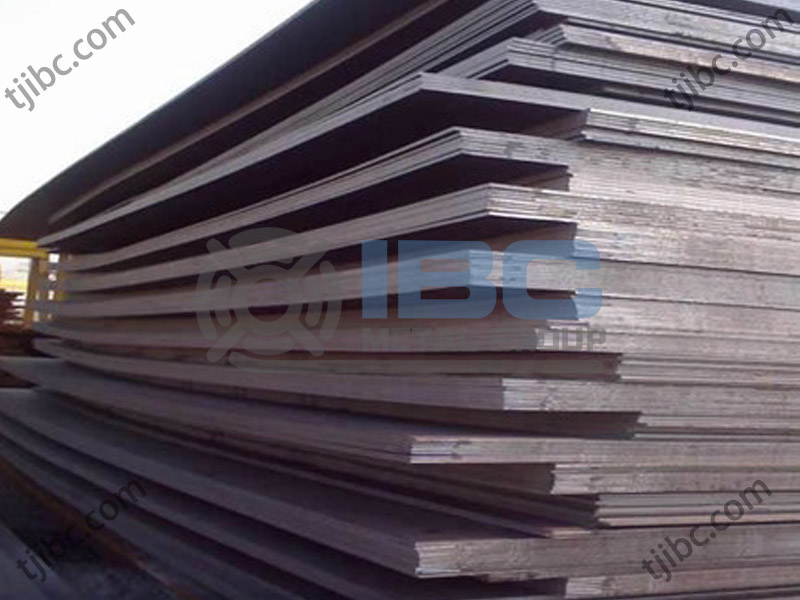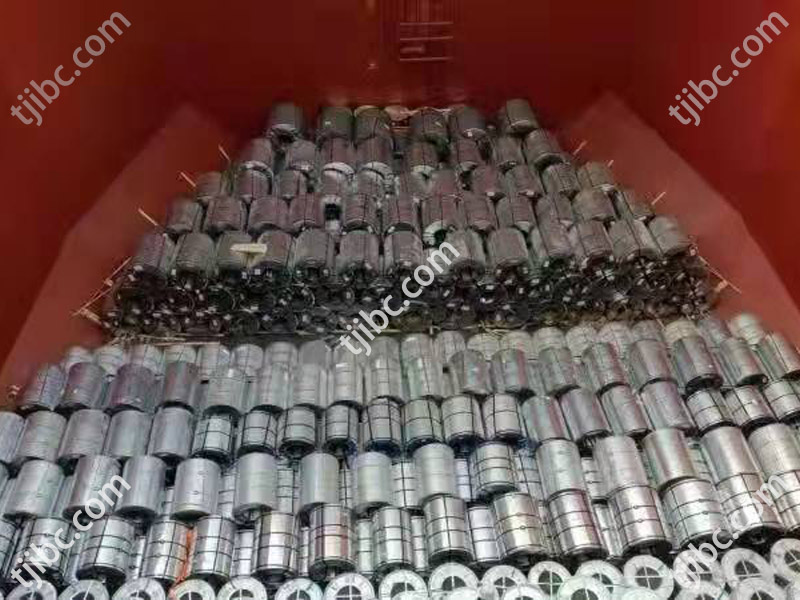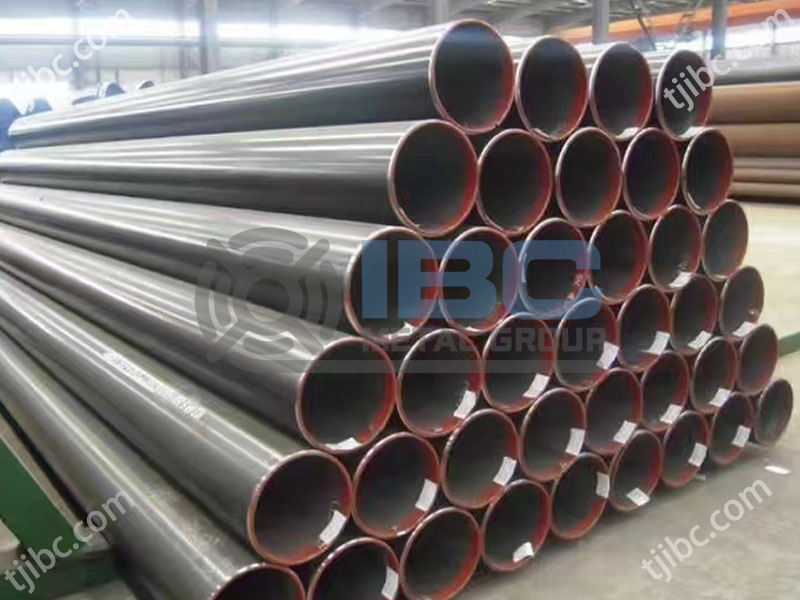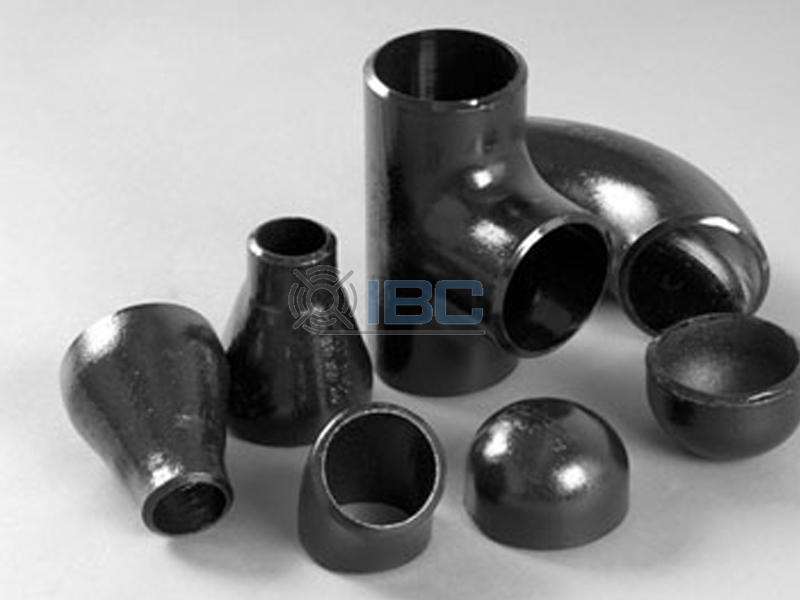Performance Profile of Mild Steel
1. Good plasticity and toughness: When mild steel is subjected to external force, it can have a large plastic deformation without immediate fracture. This makes it easy to form and weld during machining.
2. Better cold working performance: it can obtain the required shape through cold working methods such as stamping and bending at room temperature, without additional heating.
3. Lower strength and hardness:
Compared with high carbon steel and alloy steel, its strength and hardness are lower. This limits its application where high strength or wear resistance is required.
4. Good weldability and machinability:
This kind of steel has good compatibility with most welding materials and is not easy to produce cracks and defects during welding.
Processing and Application
Machinability: Mild steel is easy to accept various processing such as forging, welding and cutting. Therefore, it has a high degree of flexibility in the manufacturing process.
Application field:
This steel can be used to make chains, rivets, bolts, shafts and other mechanical parts. The requirements for strength and hardness of these parts are not particularly high, but they have high requirements for plasticity and toughness.
In the field of construction, the production of Angle steel, channel steel, I-steel, steel pipe, steel strip or steel plate is inseparable from it. In this way, it can also manufacture various building components, containers, boxes, furnace bodies and agricultural machinery.
High quality steel is also often rolled into sheet, used to make car cab, engine hood and other deep drawing products. Or rolled into bars, used to make mechanical parts with low strength requirements.
The Future Development Trend of Mild Steel
1. Growth in market demand
Increasing awareness of environmental protection: With the increasing global attention to climate change and environmental protection, the market demand for low-carbon and green products is increasing. Low carbon steel as an important material to reduce carbon emissions, its market demand will continue to grow.
Applications in emerging areas: Its application areas are constantly expanding. Especially in the construction, automobile, machinery, agriculture and other fields, its demand will increase significantly. For example, in automobile manufacturing, it can create lighter and more environmentally friendly body structures. In the field of agriculture, it can manufacture a variety of agricultural machinery and tools.
2. Technological innovation and industrial upgrading
Low-carbon production technology research and development: In response to increasingly stringent environmental regulations and market demand, enterprises will continue to increase investment in low-carbon production technology research and development. For example, the technology of using green hydrogen as a reducing agent to reduce or eliminate carbon dioxide emissions in the steel production process is gradually maturing and being commercialized.
Optimization of the industrial chain: Upstream and downstream enterprises of the steel industry chain will strengthen cooperation to jointly promote the optimization and upgrading of the industrial chain. By improving the utilization of raw materials, reducing energy consumption and reducing waste emissions and other measures to achieve green and low-carbon development of the industrial chain.

Contact with us today!



